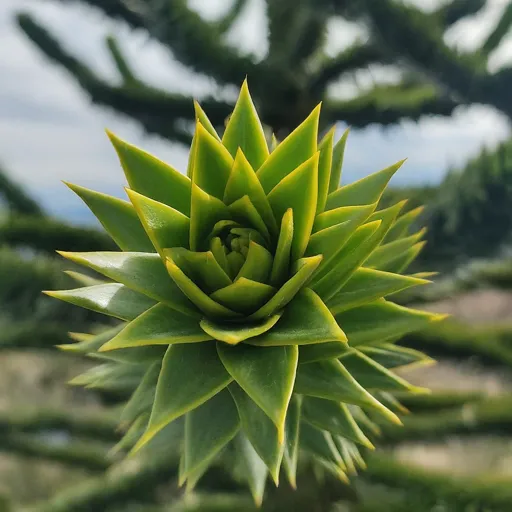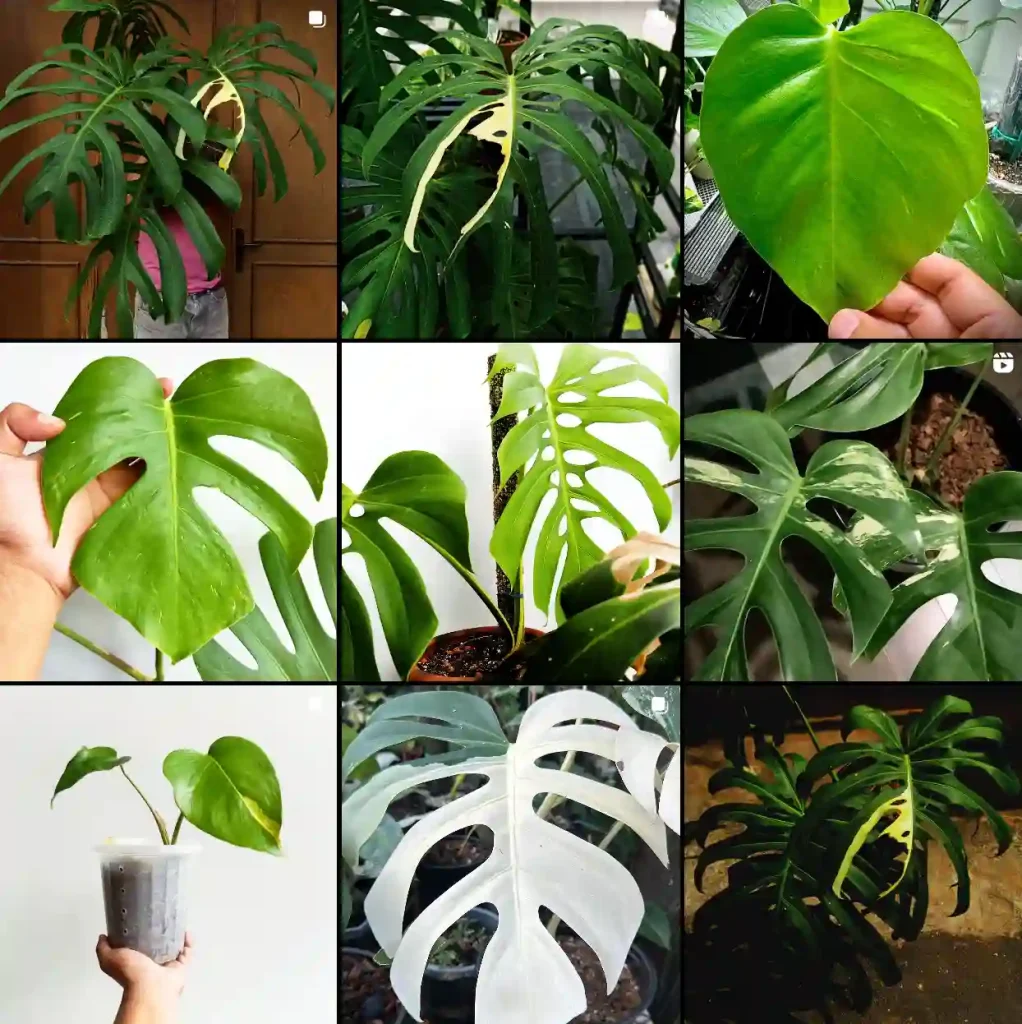Anthurium Debilis: A Collector’s Dream with Demanding Delights
I’m Ferb Vu, and for plant enthusiasts like myself, the Anthurium Debilis is a captivating creature. This Colombian native boasts a unique charm, but it’s not for the faint of heart. Today, we’ll delve into the world of Anthurium Debilis, exploring its characteristics, care requirements, and how it compares to its Anthurium cousins.
1327 Species in Genus Anthurium
What Makes Anthurium Debilis Special?
Unlike its brightly colored relatives, the Debilis takes a subtler approach. Its allure lies in its mesmerizing foliage. New leaves emerge with a captivating coppery-pink hue, maturing into a stunning dark green with a smoky blue, matte sheen. The leaves boast a beautiful quilted texture, adding depth and dimension. These textural qualities are often referred to as “bullate.”
The Debilis doesn’t boast showy flowers like many Anthuriums, but its understated elegance makes it a prized possession for collectors. Anthurium Debilis hybrids, however, often incorporate its captivating characteristics into their vibrant blooms.
Anthurium Debilis vs Other Anthuriums: Balancing Beauty and Temperament
While many Anthuriums thrive in a well-lit room with moderate humidity, the Debilis demands a bit more. Here’s a breakdown of how it compares to its more common kin:
- Light: Most Anthuriums appreciate bright, indirect light. Direct sun can scorch their leaves. The Debilis, however, can tolerate lower light conditions.
- Humidity: Average household humidity often suffices for most Anthuriums. The Debilis, however, thrives in a high humidity environment. A terrarium or greenhouse might be ideal.
- Temperature: Most Anthuriums prefer warm temperatures between 65-80°F (18-27°C). The Debilis falls within this range.
- Watering: Most Anthuriums enjoy evenly moist soil, but not soggy. The Debilis appreciates consistent moisture without being waterlogged.
As you can see, the Debilis requires a bit more attention when it comes to humidity. If you can provide the right environment, you’ll be rewarded with a truly special plant.
How to care for Anthurium Debilis?
Here are some key tips for cultivating your Anthurium Debilis:
- Potting Mix: A well-draining, airy potting mix is crucial. Orchid bark or a mix specifically formulated for Anthuriums is a good option.
- Watering: Water deeply when the top inch of soil feels dry. Avoid overwatering, which can lead to root rot.
- Humidity: A humidifier, pebble tray, or terrarium can help maintain the high humidity your Debilis craves.
- Fertilization: A weak, balanced fertilizer applied monthly during the growing season is sufficient. Avoid overfertilizing, which can damage the roots.
Important Note: Like all Anthuriums, the Debilis is toxic if ingested. Keep it out of reach of children and pets.
Is Anthurium Debilis Right for You?
The Debilis is a captivating plant, but its demanding nature makes it more suitable for experienced plant parents. If you can provide the high humidity it craves, you’ll be rewarded with a truly unique and stunning addition to your collection.
Alternatively, if you’re drawn to Anthuriums but prefer a lower-maintenance option, consider these beauties:
- Anthurium crystallinum: Nicknamed the “Velvet Queen” for its velvety, textured leaves.
- Anthurium Andraeanum: The classic Anthurium, known for its vibrant flowers and glossy foliage. These come in a wide variety of colors.
- Anthurium Debile vs Debilis: Annotation: as “Debilis”. The gender of Anthurium is neuter, so the accurate epithet is “Debile”. Subclass: Magnoliidae Novák ex Takht. Superorder: Lilianae Takht.
Final Thoughts on Anthurium Debilis
Anthurium Debilis is a truly captivating plant with specific requirements. By understanding its needs and providing the necessary care, you can cultivate this stunning Araceae and witness its mesmerizing transformation from its coppery beginnings to its mature, quilted glory. Remember, the reward of a thriving Debilis is well worth the extra effort for dedicated plant enthusiasts.
If i die, water my plants!



